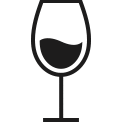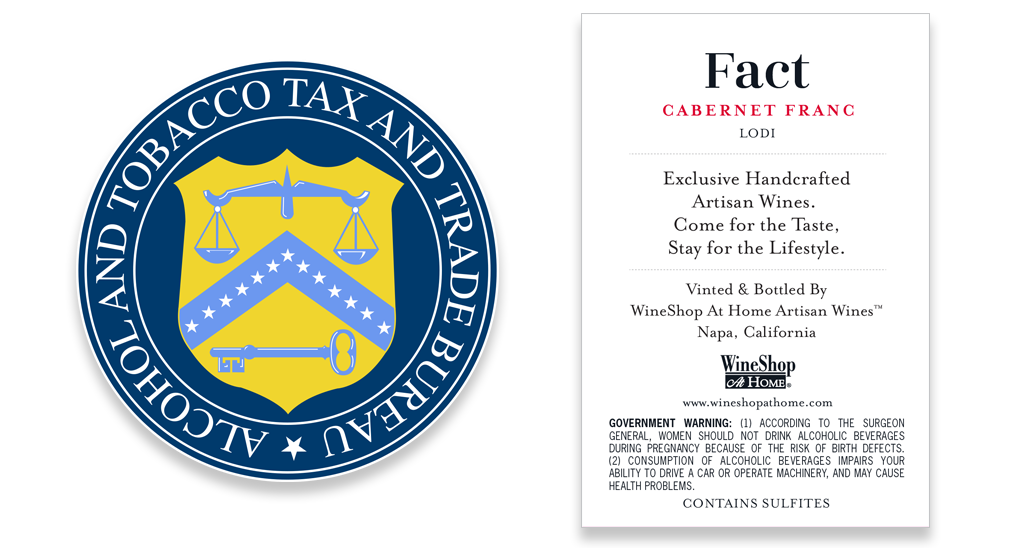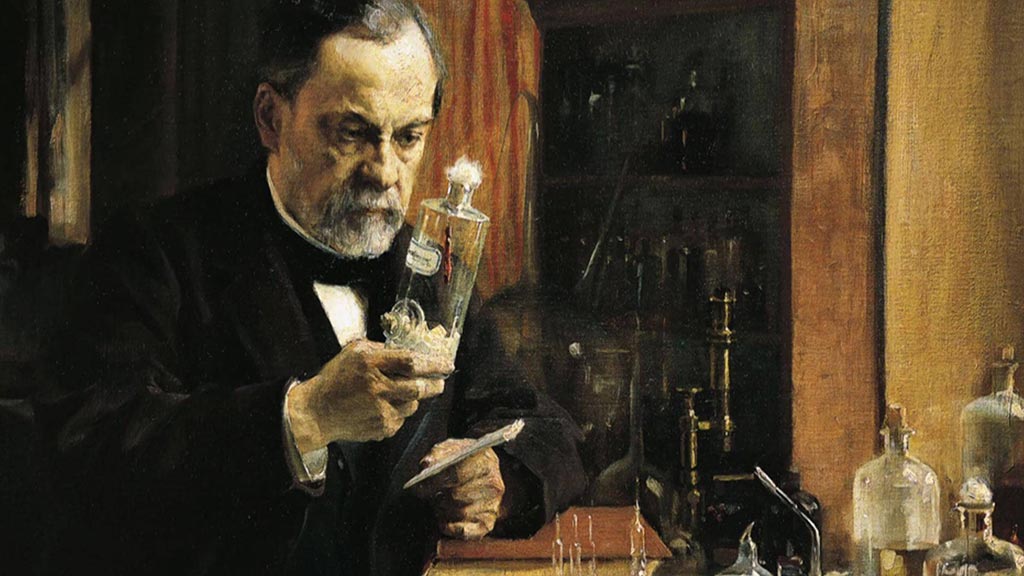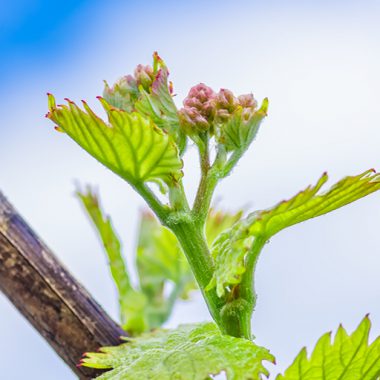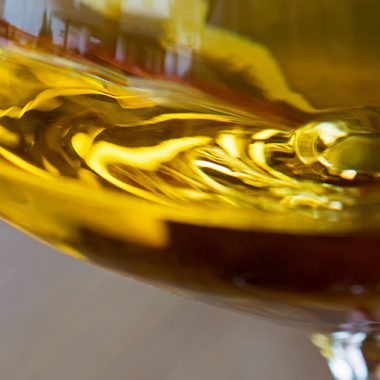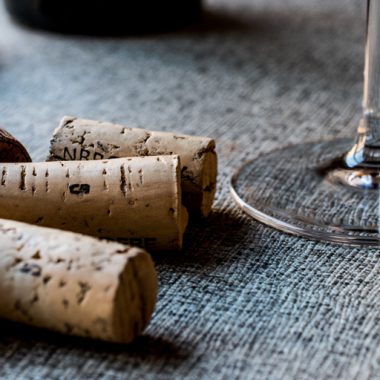The Wine Business – Let’s Keep it Real
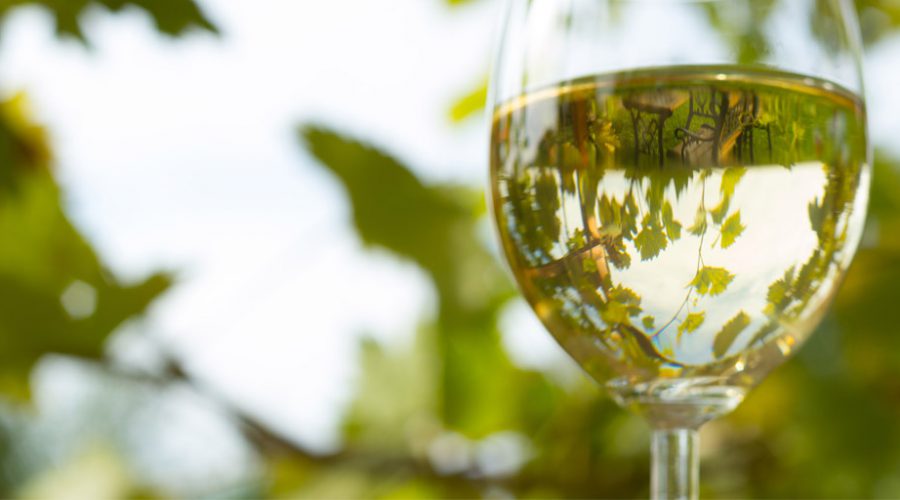
We have high standards for our wines and our words. All 10,000 wineries in the U.S., with almost five thousand just in California alone, must adhere to many rules and regulations when it comes to selling alcohol. I would like, in this article, to set the record straight about many claims that have surfaced and bring forward a few facts that will help you, the mindful consumer, to navigate these treacherous wine rapids.
Our world is regulated by the TTB, which stands for Alcohol and Tobacco Tax and Trade Bureau (US Department of the Treasury). The TTB’s mission is simple: To protect the consumer of alcoholic beverages through compliance programs that are based upon education and enforcement of the industry to ensure an effectively regulated marketplace. They assist industry members to understand and comply with Federal tax, as well as product and marketing requirements.
Here are some extracts of their articles where, for example, medical claims are prohibited: “Health-related statement means any statement related to health and includes statements of a curative or therapeutic nature that, expressly or by implication, suggest a relationship between the consumption of alcohol, wine, or any substance found within the wine, and health benefits or effects on health.”
Statements such as this are also forbidden: “The term also includes statements and claims that imply that a physical or psychological sensation results from consuming the wine;” or this one: “In general, advertisements may not contain any health-related statement that is untrue in any particular or tends to create a misleading impression as to the effects on health of alcohol consumption.”
The law is clear, unfortunately for us all, wine does not give you the superpower of resisting headaches. Many factors come into play. Histamines produced by the consumption of wine, or present in fermented products like wine, are mainly to blame for peoples’ intolerance of wine. Wine contains between 3 and 3,800 micrograms of histamine per glass. Since your body cannot metabolize the histamine found in wine, the histamine levels in your body increase.
Louis Pasteur, one of the founding fathers of microbiology, developed many experiments that set the standards for microbiology today. He found that there were different forms of fermentation done by different microorganisms. He also discovered that yeast and bacteria occurred naturally on grape skins. The science is sound on this people.
Some producers use biodynamic techniques, which can work for a small producer. In descriptions of these wines, writers talk about malo-lactic fermentation, “…moved to tank for primary fermentation on native yeasts and then spent almost 12 months in French Oak, 15% of it new, for secondary fermentation and aging.” On the introduction page of a particular biodynamic wine, they mention: “Chemical pesticides and additives also make it possible to maximize yields and hide flaws, like bacteria and other unpleasant elements. Unfortunately, this processed wine is chemically-altered and completely unnatural…We’re here to offer CLEAN-CRAFTED™ wine.”
I take issue with associating the concept of bacteria with an unnatural wine. Have you ever tasted a red wine that did not go through its second fermentation? Bacteria is as natural as it comes; there is nothing unnatural about it. Malo-lactic fermentation, not always done for white wines, is a necessity for red wines.
The wine business is a highly competitive market. There are a lot of good wines and a lot of good people making those wines. False statements and distortion of the truth should not be the way to sell a bottle. The wine should speak for itself.
